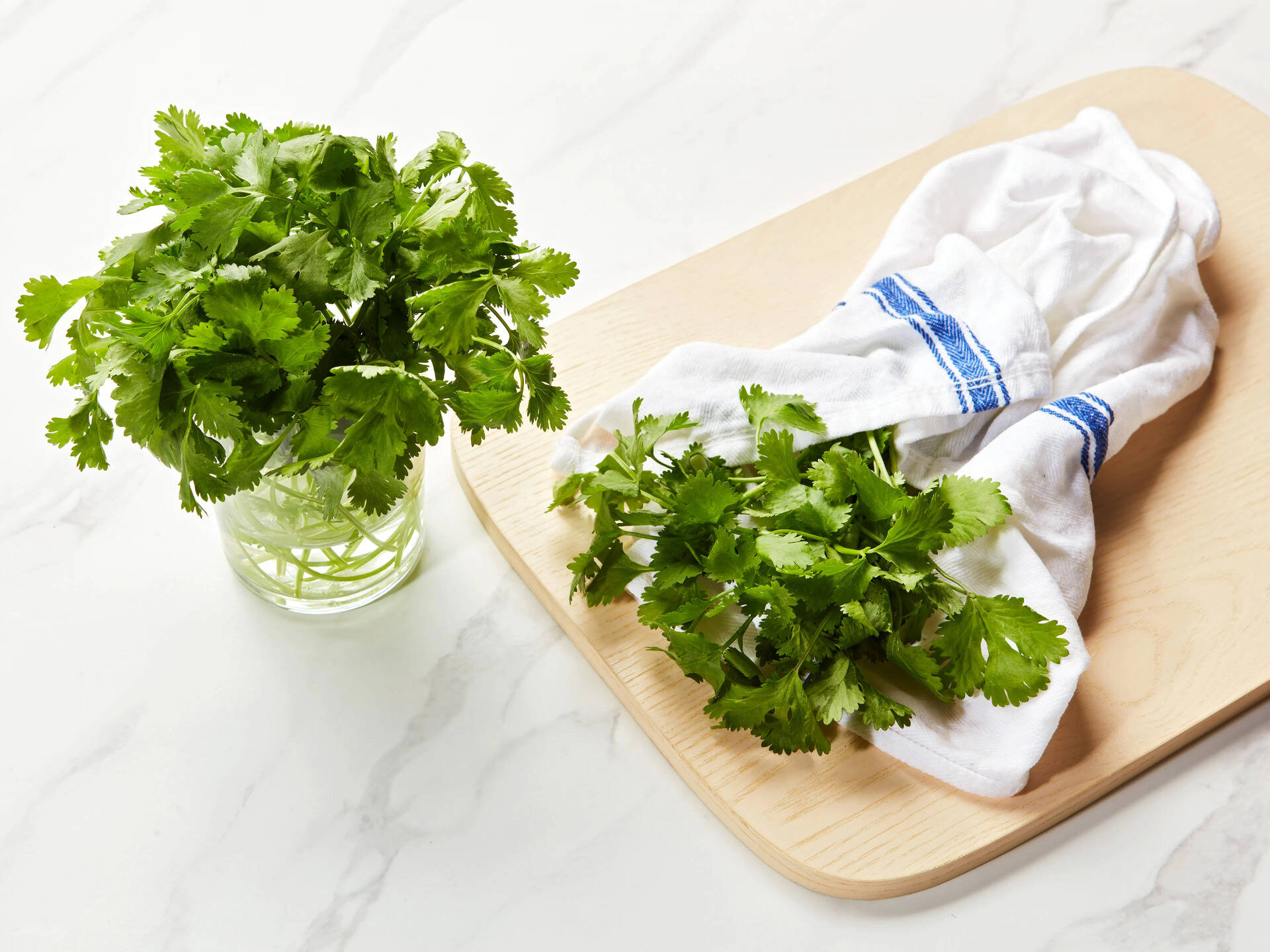

Articles
How To Store Cilantro In Fridge
Modified: August 21, 2024
Discover the best ways to store cilantro in the fridge and keep it fresh for longer. Read our informative articles for tips and tricks on proper storage methods.
(Many of the links in this article redirect to a specific reviewed product. Your purchase of these products through affiliate links helps to generate commission for Storables.com, at no extra cost. Learn more)
Introduction
Welcome to our comprehensive guide on how to store cilantro in the fridge. Cilantro, also known as coriander leaves, is a popular herb used in various cuisines around the world. Its vibrant green leaves and distinct aroma add freshness and flavor to dishes such as salsas, curries, and salads. However, cilantro tends to wilt and spoil quickly, making it essential to store it properly to maintain its freshness.
In this article, we will discuss why it is important to store cilantro in the fridge and provide you with essential tips and step-by-step instructions on how to do it effectively. We will also highlight common mistakes to avoid and provide information on how long cilantro can last when stored correctly.
By following the tips and techniques we share here, you can extend the shelf life of your cilantro and ensure it remains crisp and flavorful for longer periods.
Key Takeaways:
- Store cilantro in the fridge to extend its shelf life, maintain freshness, and retain its nutritional value. Follow simple steps like washing, drying, and wrapping in a damp paper towel to keep cilantro crisp and flavorful.
- Avoid common mistakes when storing cilantro in the fridge, such as not properly washing and drying, storing while wet, or leaving it at room temperature. By following best practices, you can ensure your cilantro stays fresh and vibrant for as long as possible.
Read more: How To Store Cilantro
Why Store Cilantro in the Fridge?
Proper storage is crucial to maintain the freshness and quality of cilantro. Here are a few reasons why storing cilantro in the fridge is recommended:
- Extended Shelf Life: Cilantro is a delicate herb that tends to wilt and spoil quickly at room temperature. By storing it in the fridge, you can significantly extend its shelf life, allowing you to use it over a more extended period.
- Prolongs Freshness: Refrigeration helps slow down the natural enzymatic processes that cause cilantro to deteriorate. The cold temperature helps preserve its vibrant green color, crisp texture, and aromatic flavor.
- Prevents Mold and Bacterial Growth: Storing cilantro in the fridge helps inhibit the growth of mold and bacteria, which are responsible for the decay and spoilage of the herb. This helps ensure that the cilantro remains safe to consume.
- Convenience and Accessibility: By keeping cilantro in the fridge, you can have it readily available whenever you need it in your cooking. You won’t have to worry about frequent trips to the grocery store or wastage due to wilted leaves.
- Retains Nutritional Value: Cilantro is packed with essential nutrients, including vitamins A, C, and K, as well as antioxidants. Proper storage in a cool environment helps retain the nutritional value of the herb, allowing you to enjoy its health benefits.
Overall, refrigerating cilantro is an effective way to maximize its freshness, taste, and usability, ensuring that you can incorporate this vibrant herb into your culinary creations for an extended period.
Tips for Storing Cilantro in the Fridge
When it comes to storing cilantro in the fridge, there are a few essential tips to keep in mind to ensure optimal freshness and longevity. Here are some tips to help you store cilantro effectively:
- Choose Fresh Bunch: Start by selecting a fresh bunch of cilantro with vibrant green leaves and no signs of wilting or yellowing. Quality at the time of purchase is crucial for extended storage.
- Keep the Roots Intact: To help prolong the freshness of cilantro, keep the root ends intact. The roots provide a direct water supply to the leaves, keeping them hydrated and crisp.
- Remove Rubber Bands: Before storing cilantro in the fridge, remove any rubber bands or ties. Doing so allows better air circulation and prevents the leaves from getting crushed or bruised.
- Trim the Stems: Give the cilantro stems a clean trim before storing them in the fridge. Remove any wilted or discolored leaves and ensure the stems are even in length.
- Wash and Dry: It’s essential to wash the cilantro thoroughly to remove dirt and any potential contaminants. After washing, pat the leaves dry using a clean kitchen towel or paper towels. Excess moisture can cause the leaves to wilt quickly.
- Wrap in Damp Paper Towel: Take a damp paper towel and wrap it around the base of the cilantro stems. This helps maintain moisture levels, keeping the leaves hydrated without making them soggy.
- Place in a Plastic Bag: Put the wrapped cilantro bunch in a loosely sealed plastic bag. This helps create a controlled environment with slightly higher humidity, mimicking the herb’s natural growth conditions.
- Refrigerator Placement: Store the cilantro in the refrigerator’s vegetable drawer or in the warmer area of your fridge, typically the front or center shelves. Avoid placing it near items that emit strong odors, as cilantro can absorb these flavors.
By following these tips, you can ensure that your cilantro stays fresh and vibrant for an extended period, ready to be used in your favorite recipes whenever you need it.
Step-by-step Guide to Storing Cilantro in the Fridge
Storing cilantro in the fridge is a simple process that can help prolong its freshness. Here is a step-by-step guide to storing cilantro effectively:
- Prepare the cilantro: Start by selecting a fresh bunch of cilantro with vibrant green leaves. Remove any wilted or discolored leaves and trim the stems to an even length.
- Wash the cilantro: Thoroughly rinse the cilantro under cool running water to remove any dirt or debris. Gently swirl the leaves in a bowl filled with water to ensure all the dirt is removed.
- Dry the cilantro: After washing, gently shake off any excess water from the leaves. Pat them dry using a clean kitchen towel or paper towels. Make sure the leaves are completely dry to prevent wilting and decay.
- Wrap in a damp paper towel: Take a damp paper towel and wrap it loosely around the base of the cilantro stems. The damp paper towel helps maintain moisture while allowing air circulation.
- Place in a plastic bag: Put the wrapped cilantro bunch in a loosely sealed plastic bag. Keeping it in a plastic bag helps create a controlled environment with slightly higher humidity, which is ideal for cilantro storage.
- Store in the fridge: Place the plastic bag with the cilantro in the vegetable drawer or a warmer area of your refrigerator, such as the front or center shelves. Avoid placing it near items with strong odors, as cilantro can absorb these flavors.
- Check and replace: Regularly check on the cilantro to ensure freshness. If the paper towel becomes dry, dampen it again to maintain moisture. If you notice any wilted leaves or signs of decay, remove them to prevent spoilage.
By following these simple steps, you can store cilantro in the fridge effectively, preserving its vibrant color, crispness, and aromatic flavor for a longer period.
To store cilantro in the fridge, trim the stems, place in a jar with water, cover with a plastic bag, and change the water every few days. This will keep it fresh for up to two weeks.
Common Mistakes to Avoid When Storing Cilantro in the Fridge
While storing cilantro in the fridge is a relatively straightforward process, there are some common mistakes that people often make. Avoiding these mistakes can help ensure the optimal freshness of your cilantro. Here are some common mistakes to avoid:
- Not properly washing and drying: Failing to wash cilantro thoroughly can leave behind dirt and contaminants. Make sure to rinse the leaves under cool running water and pat them dry before storing. Excess moisture can cause the cilantro to wilt quickly.
- Not removing wilted or discolored leaves: Before storing, take the time to inspect the cilantro bunch and remove any leaves that are wilted or discolored. These leaves can accelerate the spoiling process and impact the overall freshness of the herb.
- Storing cilantro while still wet: Ensuring that cilantro is completely dry before storing is crucial. Any residual moisture can lead to wilting and decay. It’s important to gently pat the leaves dry after washing and allow them to air dry if needed.
- Storing cilantro in plastic without a damp paper towel: Simply storing cilantro in a plastic bag without a damp paper towel can result in moisture loss and premature wilting. The damp paper towel helps maintain the herb’s hydration levels and keeps the leaves crisp.
- Storing cilantro in a crowded refrigerator: Cilantro is sensitive to ethylene gas, which is emitted by certain fruits and vegetables when they ripen. Avoid storing cilantro alongside ethylene-producing items such as apples and avocados. Additionally, overcrowding the refrigerator can limit air circulation and lead to faster spoilage.
- Not checking on the cilantro regularly: It’s essential to check on the cilantro periodically to ensure its freshness. If you notice any wilted leaves or signs of decay, remove them immediately to prevent contamination of the remaining cilantro leaves.
- Leaving cilantro at room temperature: Cilantro is highly perishable and should never be left at room temperature for extended periods. Make sure to transfer it to the fridge as soon as possible after purchase to maximize its shelf life.
By avoiding these common mistakes, you can ensure that your cilantro stays fresh and flavorful for as long as possible, allowing you to enjoy its vibrant taste in your culinary creations.
Read more: How To Store Cilantro Leaves
How Long Does Cilantro Last in the Fridge?
The shelf life of cilantro can vary based on several factors, including its freshness at the time of purchase and how well it is stored. When stored correctly in the fridge, cilantro can typically last anywhere from one to two weeks.
It’s important to note that cilantro is a delicate herb and tends to wilt and deteriorate quickly, even when stored in optimal conditions. Therefore, it’s recommended to use cilantro as soon as possible to enjoy its maximum freshness and flavor.
To extend the shelf life of cilantro, follow the storing tips mentioned earlier, such as keeping the roots intact, wrapping it in a damp paper towel, and placing it in a plastic bag. Regularly check on the cilantro for any signs of wilting or decay, and remove any spoiled leaves promptly to prevent contamination of the remaining bunch.
If you find that you have an abundance of cilantro and cannot use it all before it starts to wilt, consider preserving it for longer-term storage. Freezing cilantro can be a great option to prolong its usability. Simply chop the cilantro leaves, place them into ice cube trays with a little water, and freeze. These cilantro cubes can be easily added to your recipes later on, preserving the fresh flavor of the herb.
It’s worth noting that while frozen cilantro can be a convenient option, the texture of the herb may change after thawing. It works best in cooked dishes rather than as a garnish.
To ensure you’re using the freshest cilantro, consider buying smaller bunches more frequently. This way, you can enjoy the herb at its peak freshness, enhancing the taste and aroma of your dishes.
Remember, the shelf life of cilantro can vary based on factors such as temperature, humidity, and the initial quality of the herb. By properly storing cilantro and using it in a timely manner, you can maximize its freshness and enjoy its unique flavor for as long as possible.
Conclusion
Properly storing cilantro in the fridge is essential for maintaining its freshness, flavor, and usability. By following the tips and techniques outlined in this article, you can extend the shelf life of cilantro and enjoy its vibrant taste in your culinary creations for a more extended period.
Remember to choose a fresh bunch of cilantro, trim the stems, and wash and dry the leaves thoroughly before storing. Wrapping the cilantro in a damp paper towel and placing it in a plastic bag helps keep it hydrated and prevents wilting. Avoid storing cilantro near ethylene-producing fruits and vegetables, and regularly check for any signs of spoilage.
While cilantro typically lasts for one to two weeks in the fridge, using it as soon as possible ensures the best flavor and quality. If you have excess cilantro, consider freezing it in ice cube trays for longer-term storage.
By taking the time to properly store cilantro, you can add a burst of freshness and flavor to your dishes whenever needed. Whether it’s a zesty salsa, a fragrant curry, or a refreshing salad, the vibrant taste of cilantro will elevate your culinary creations and delight your taste buds.
So, the next time you bring home a bunch of cilantro, remember the tips and techniques shared in this guide. Your cilantro will stay crisp, flavorful, and ready to enhance your favorite recipes, allowing you to enjoy the bright and aromatic essence of this versatile herb.
Frequently Asked Questions about How To Store Cilantro In Fridge
Was this page helpful?
At Storables.com, we guarantee accurate and reliable information. Our content, validated by Expert Board Contributors, is crafted following stringent Editorial Policies. We're committed to providing you with well-researched, expert-backed insights for all your informational needs.
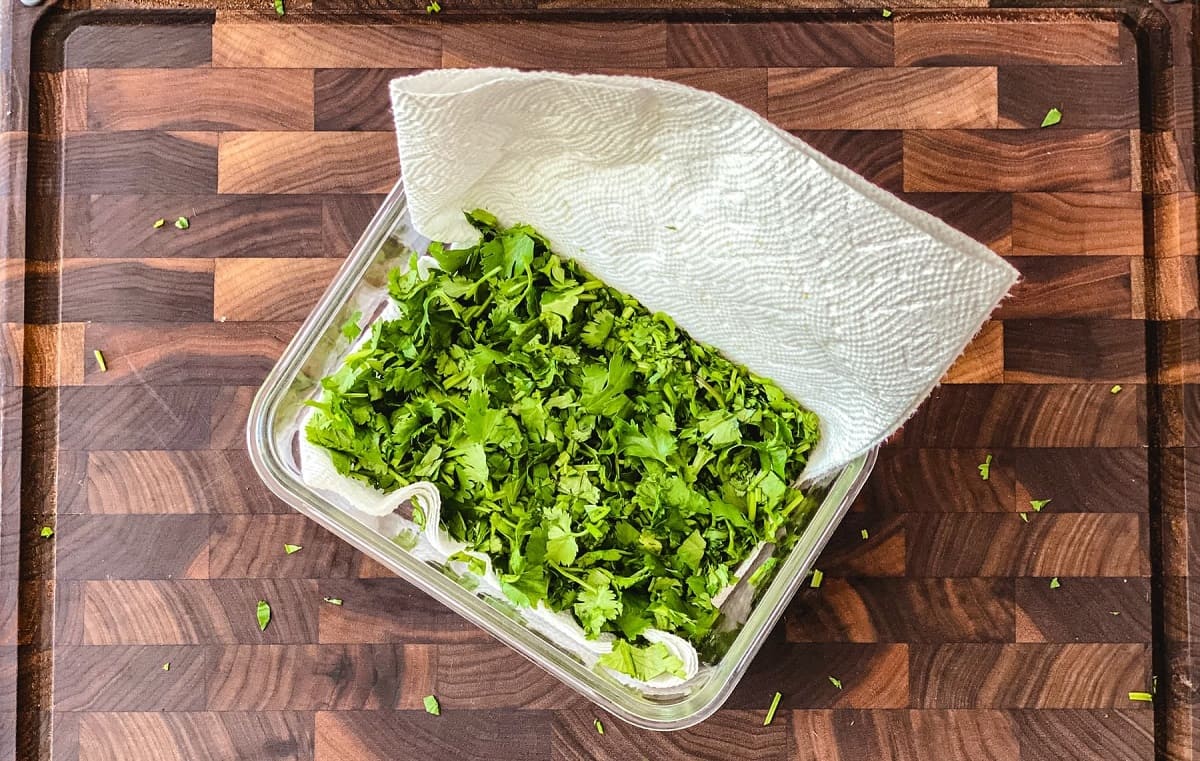
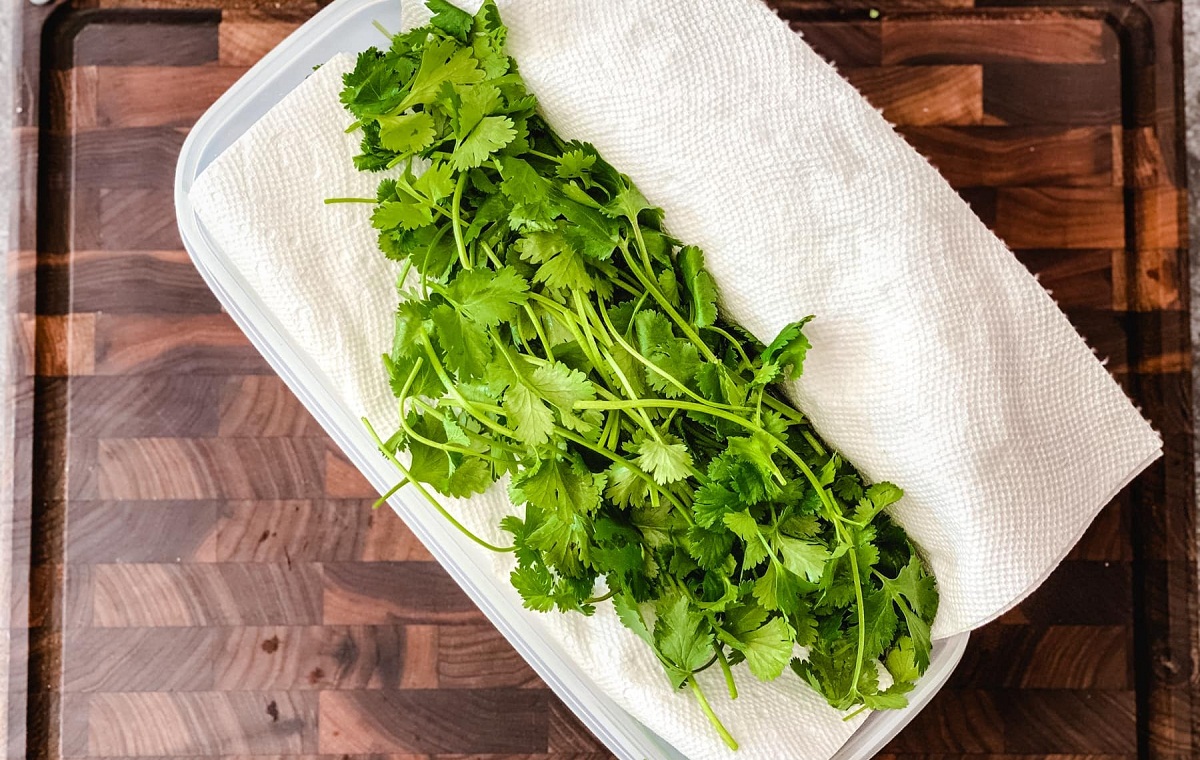
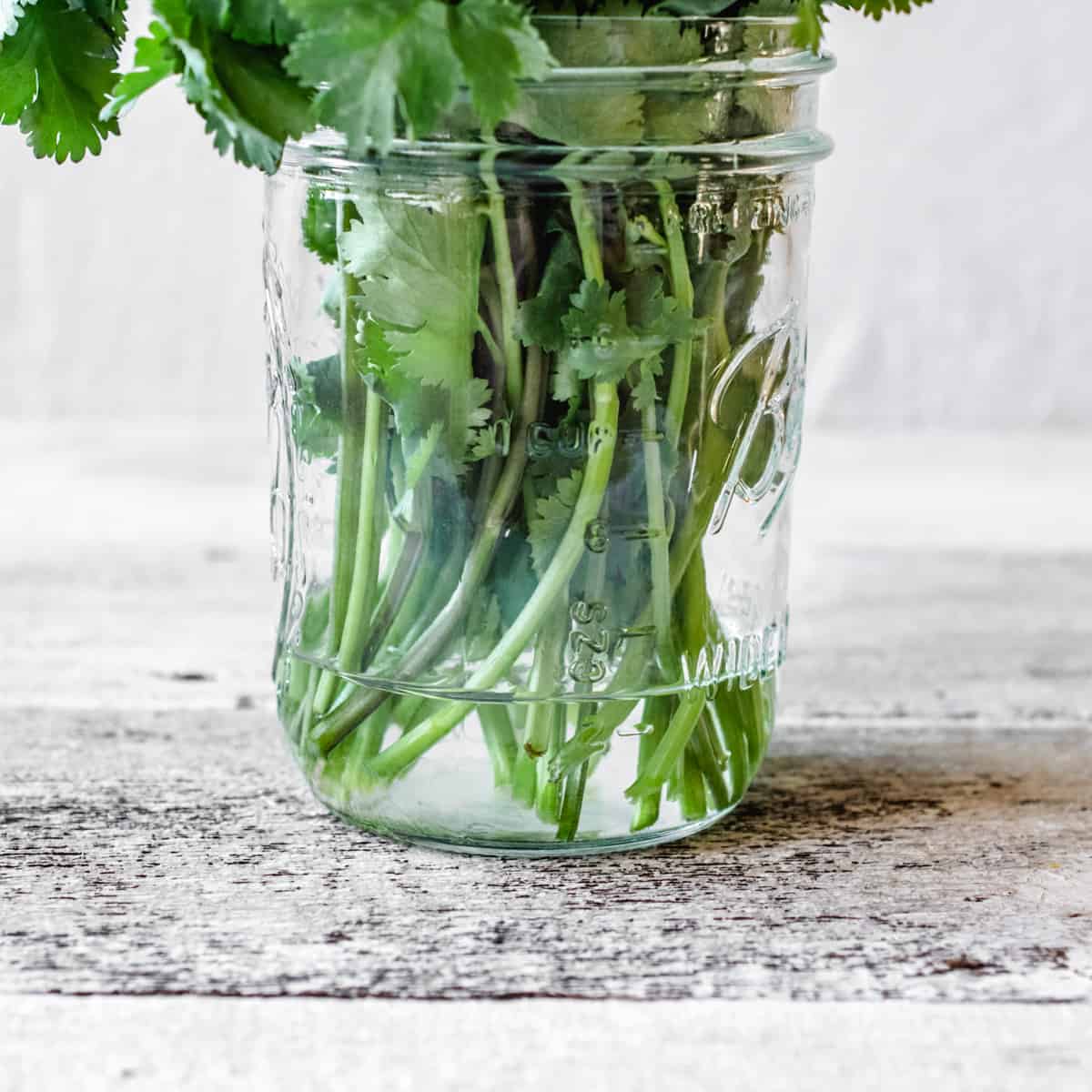
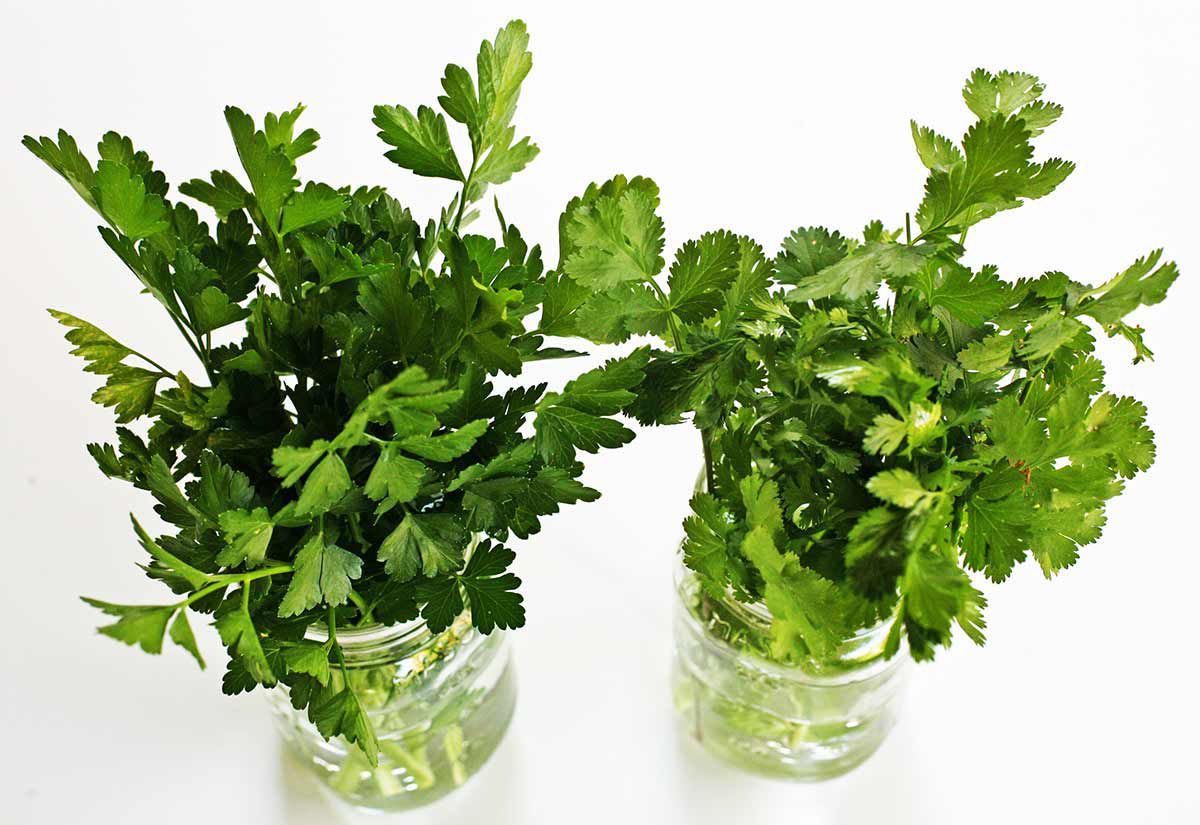

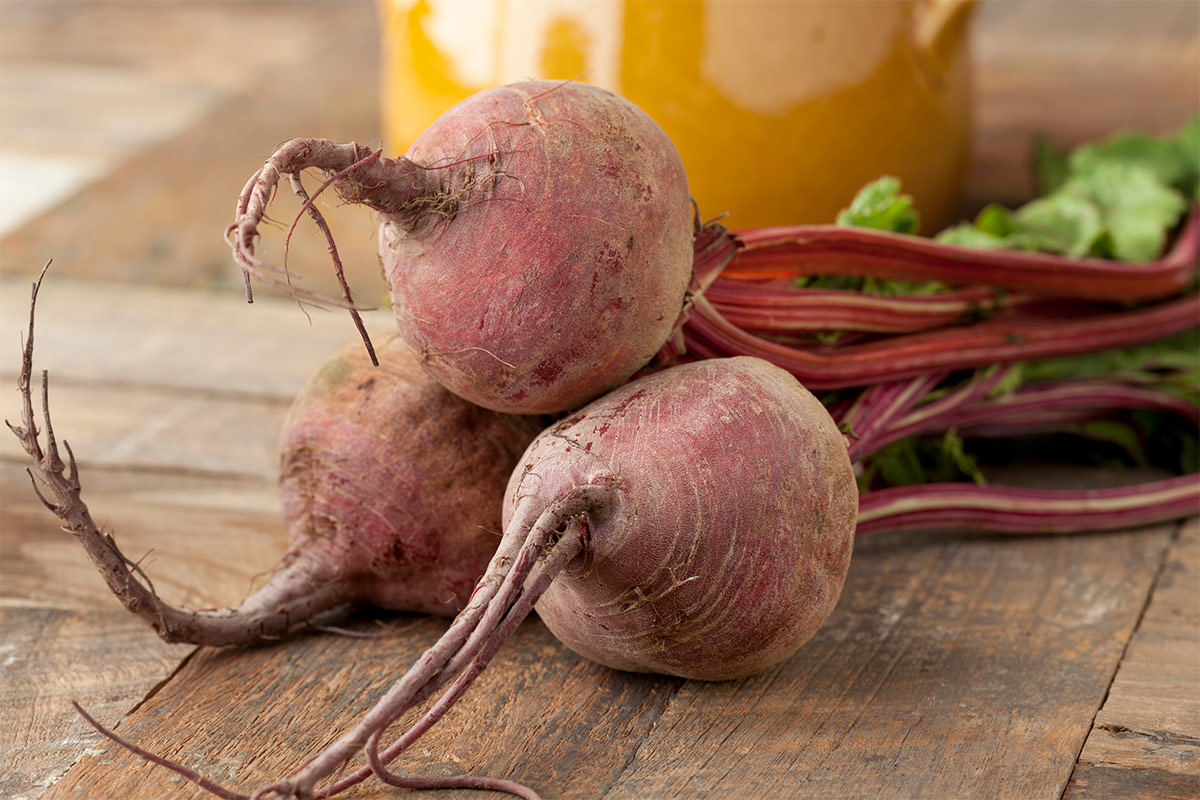
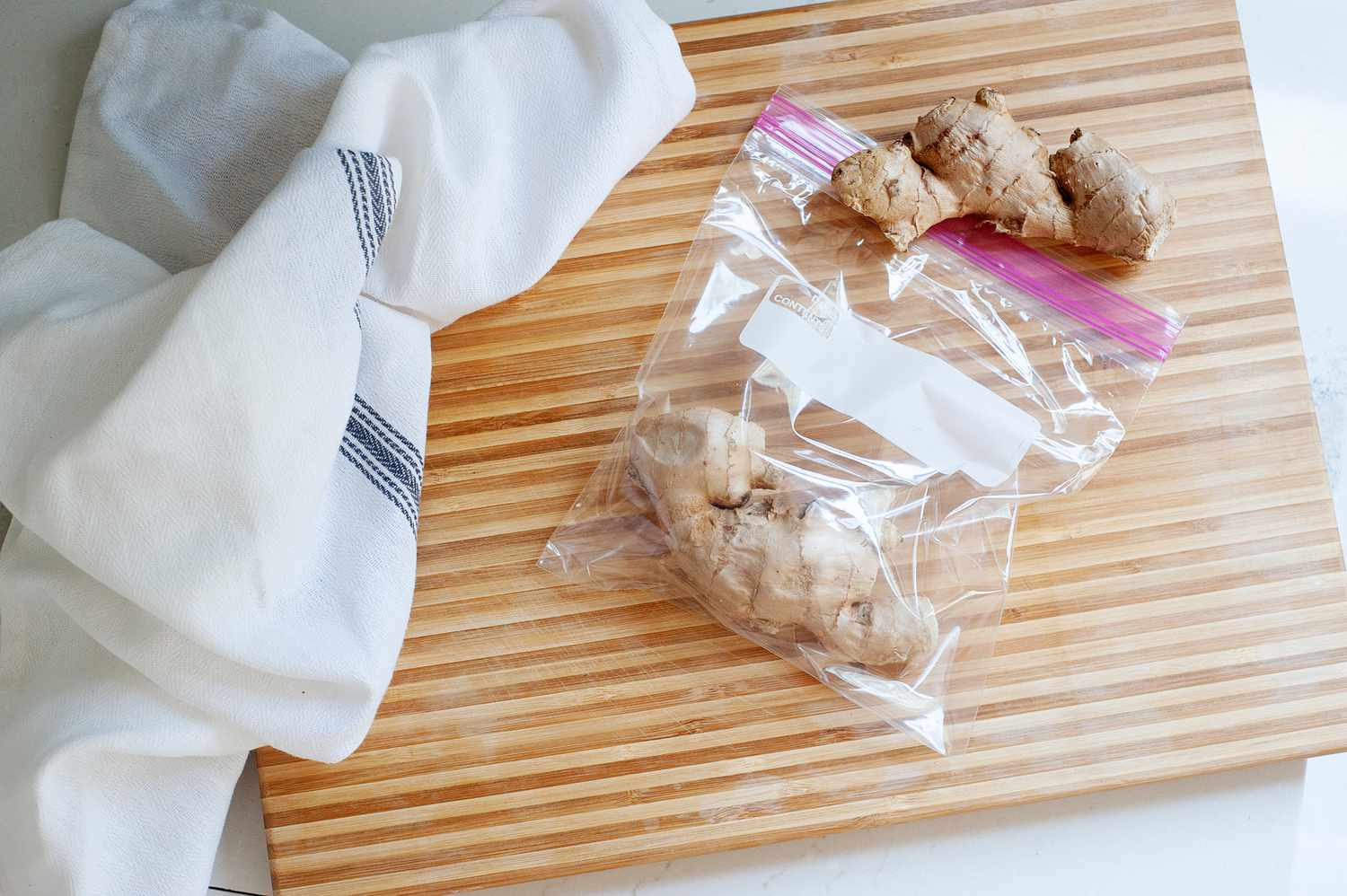

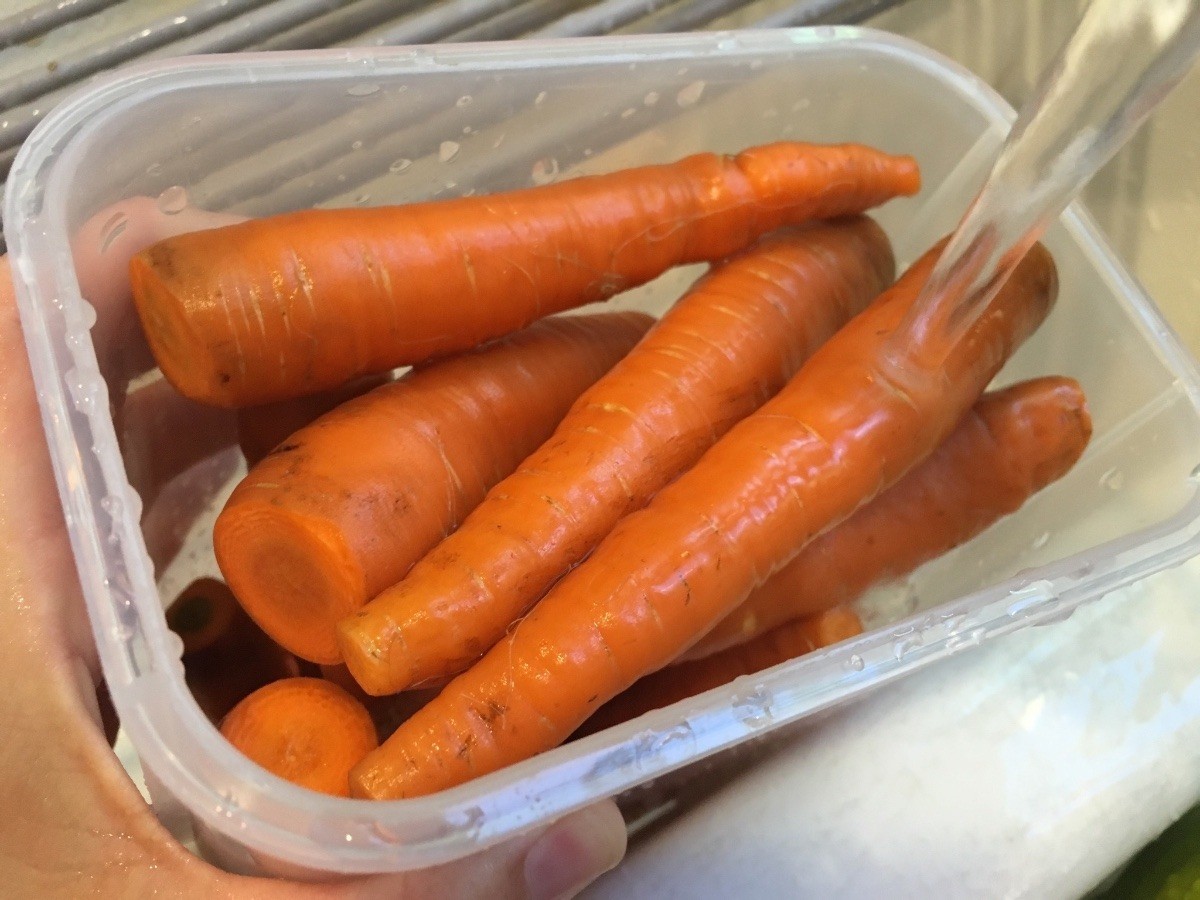
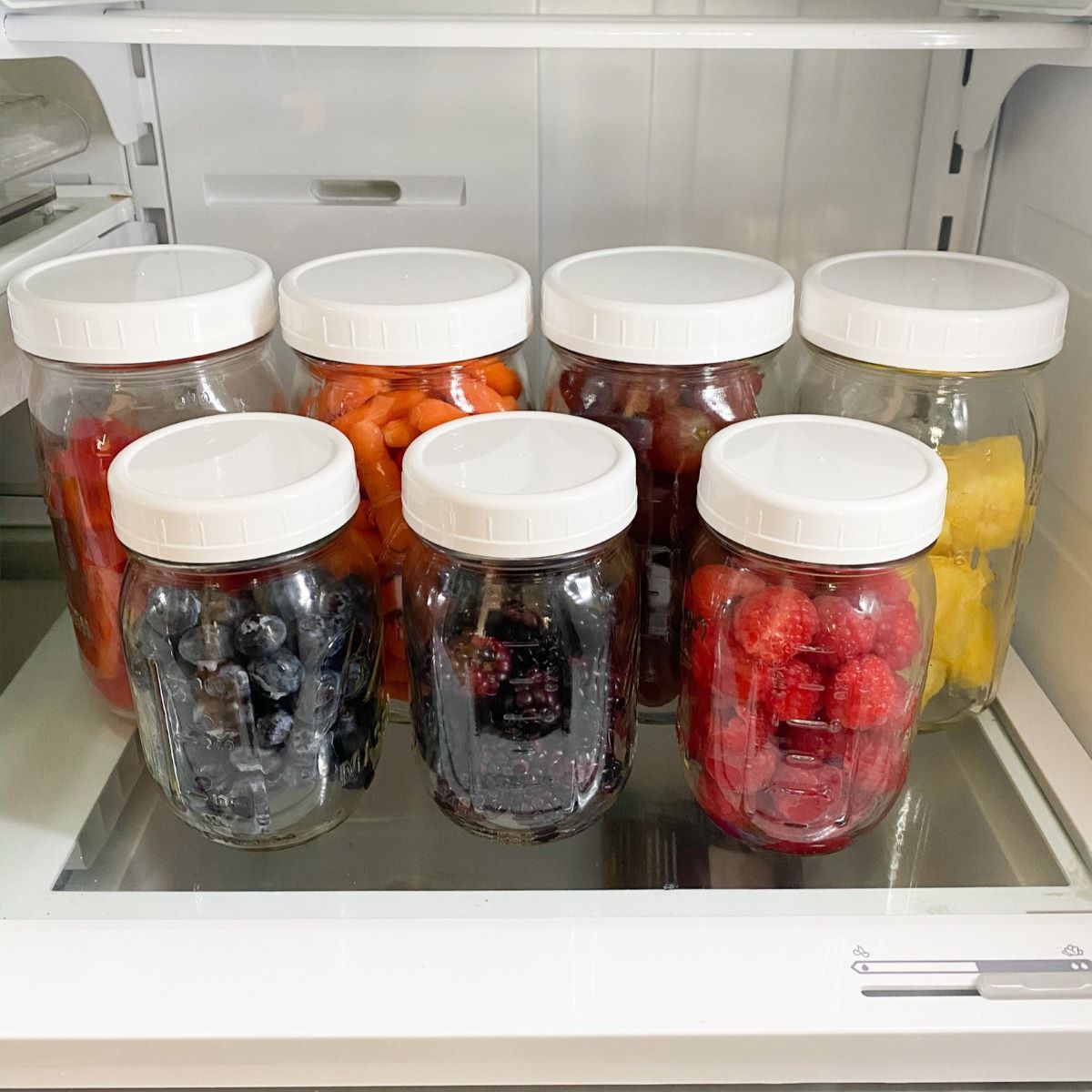
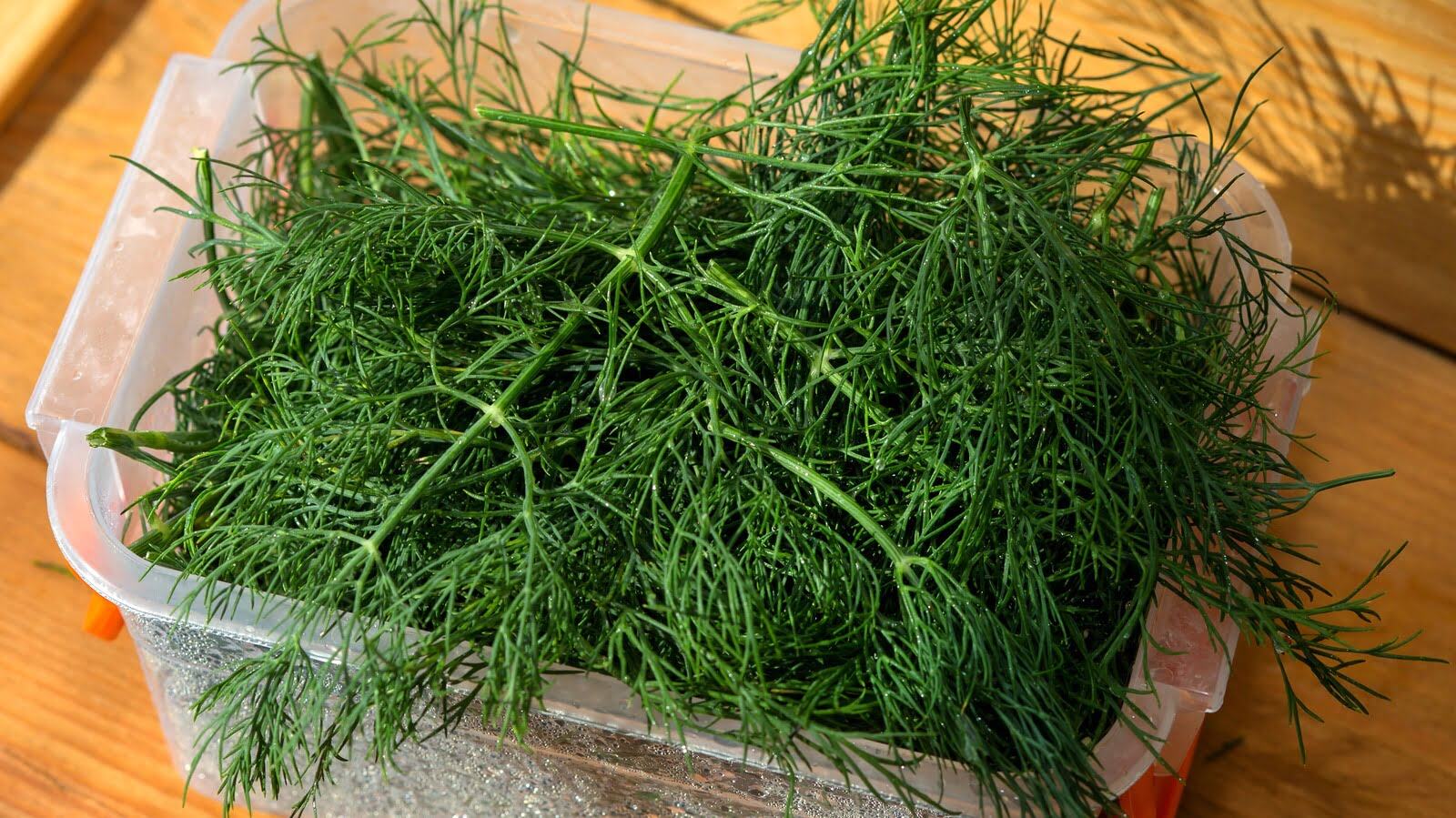
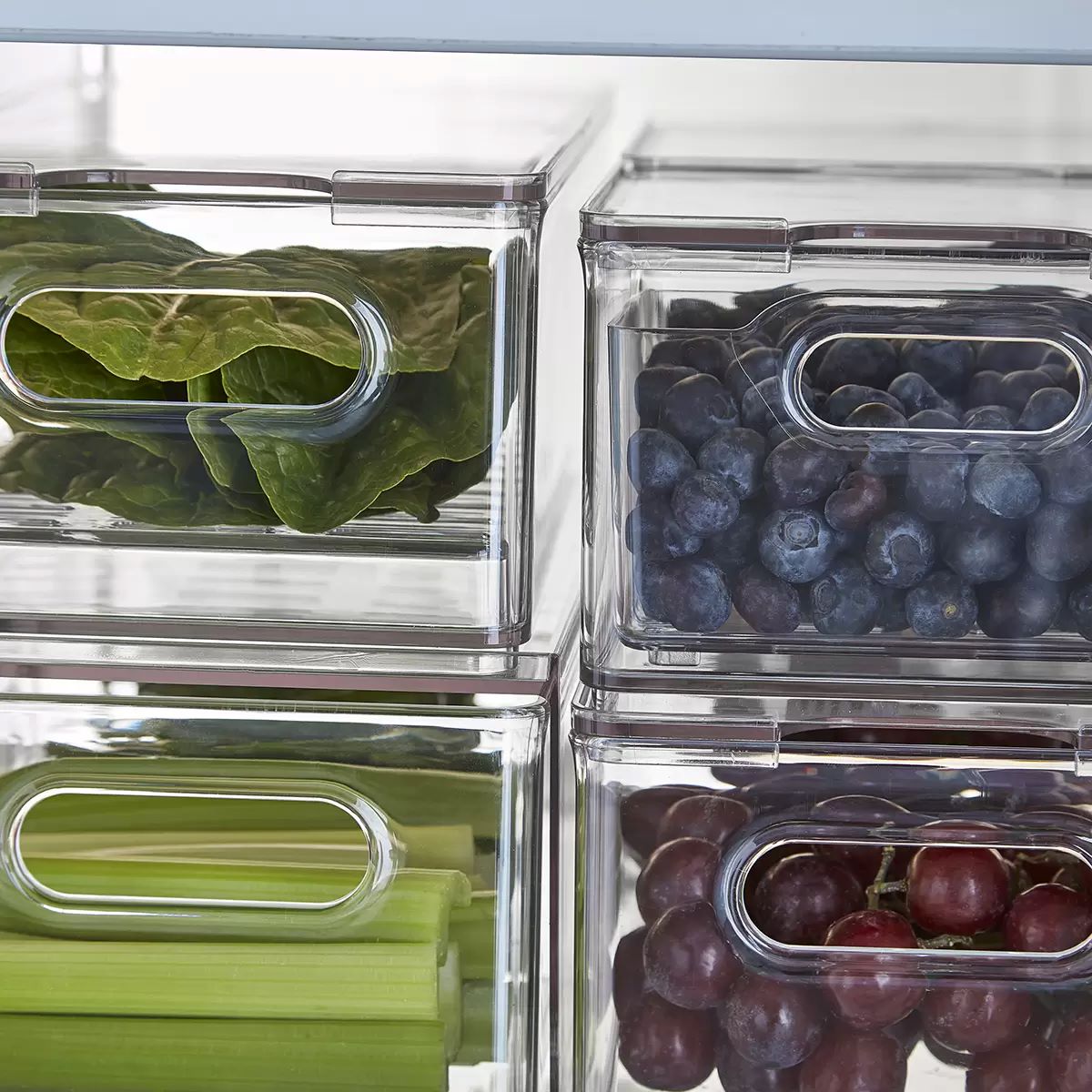
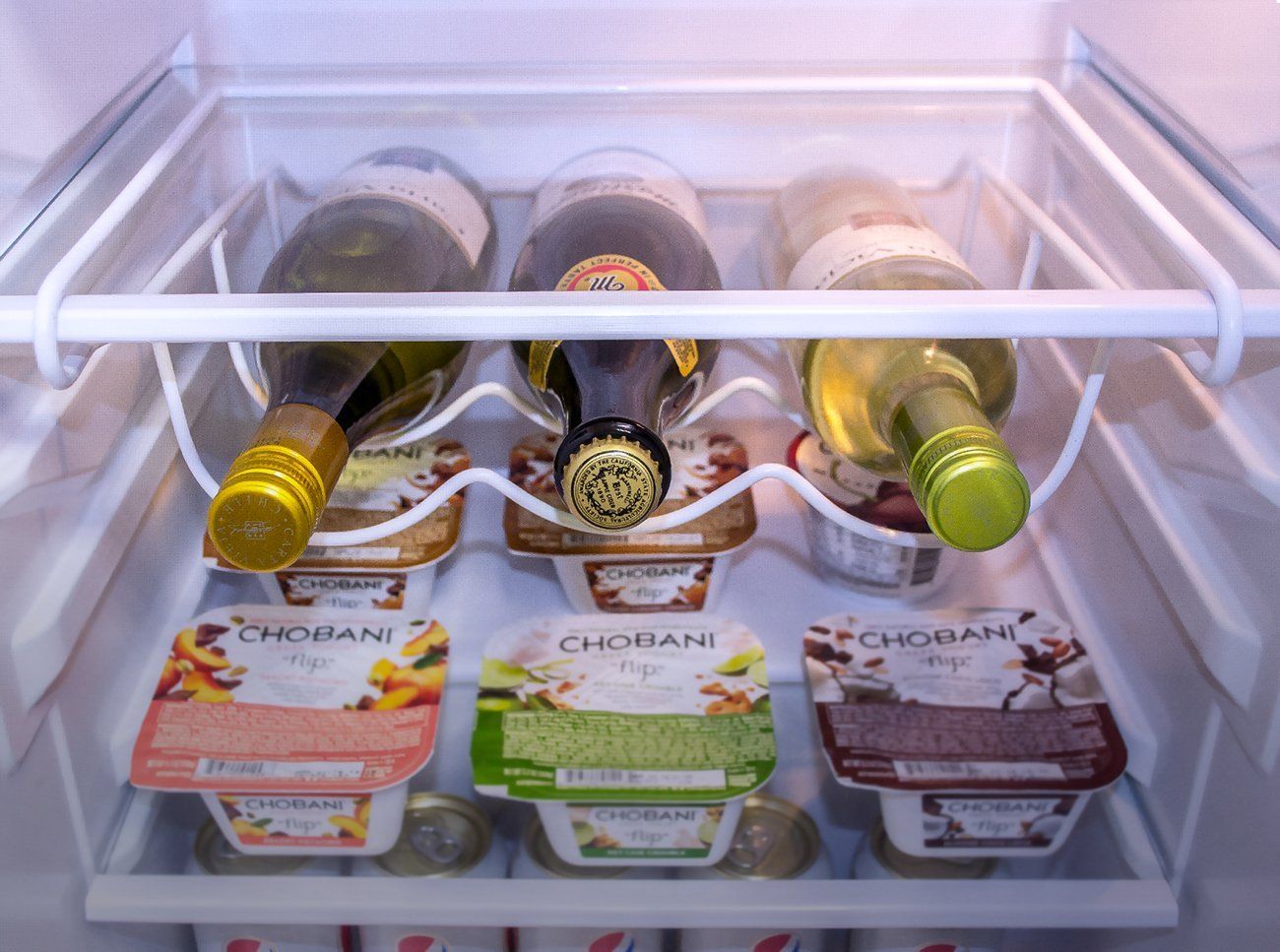
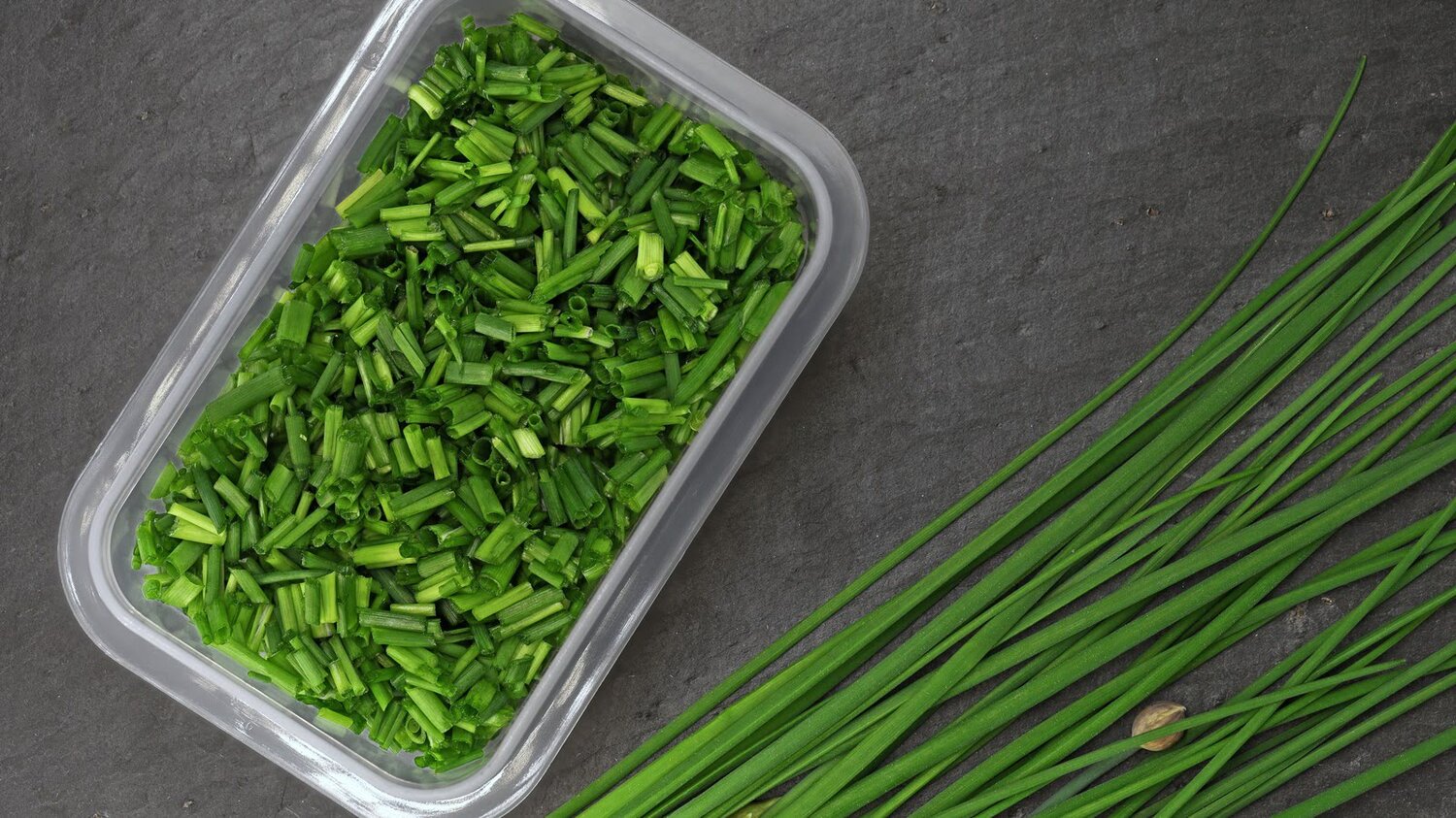

0 thoughts on “How To Store Cilantro In Fridge”